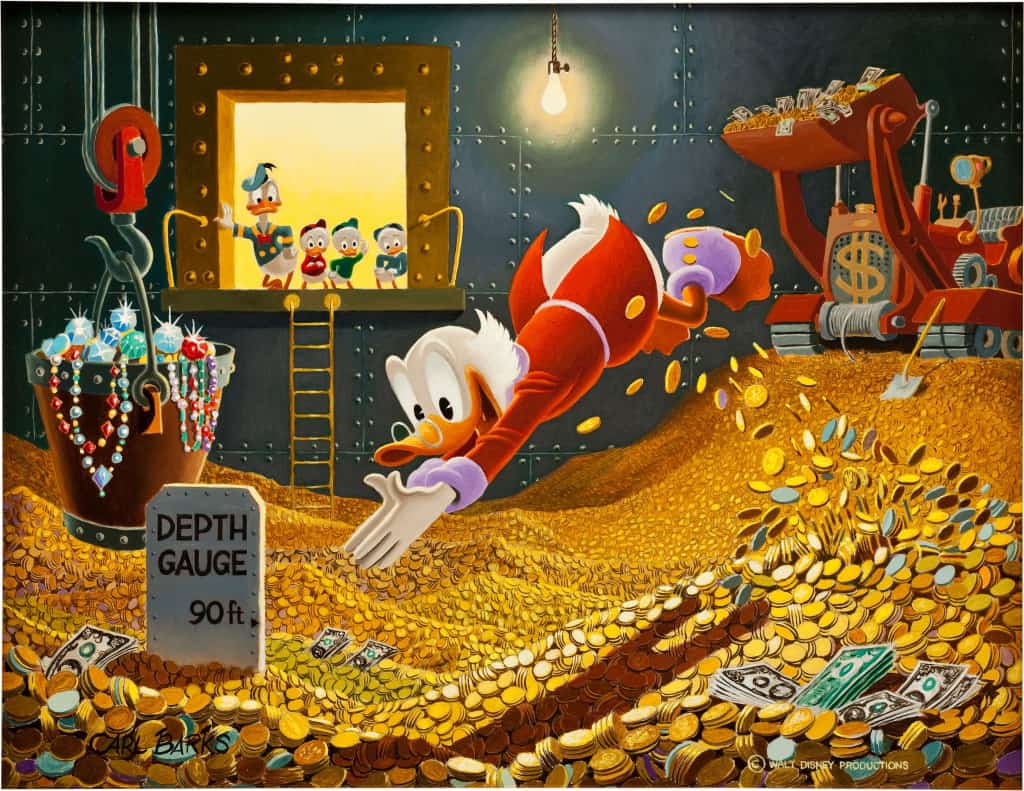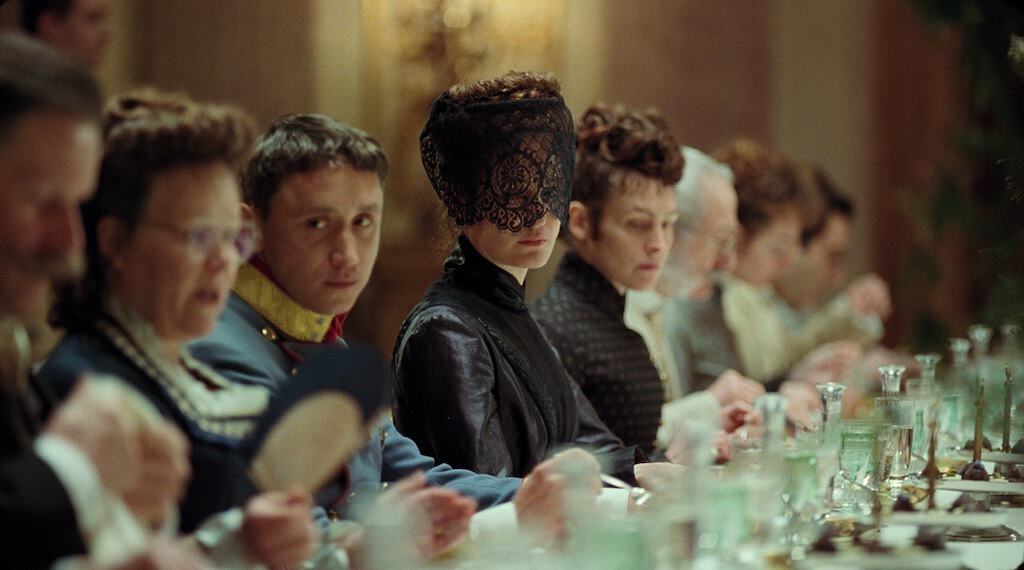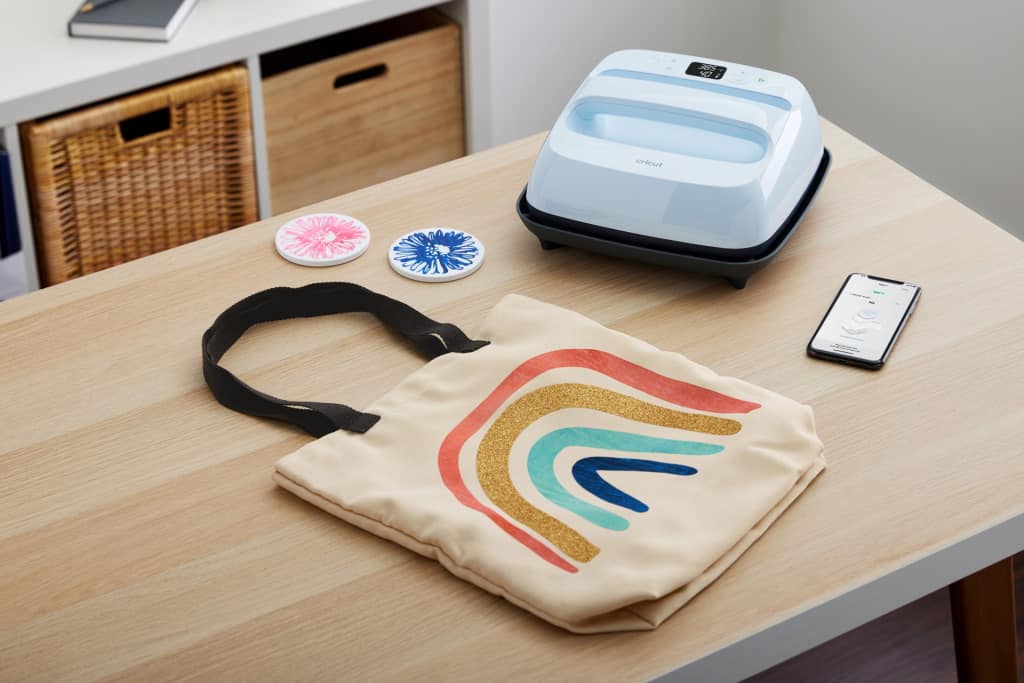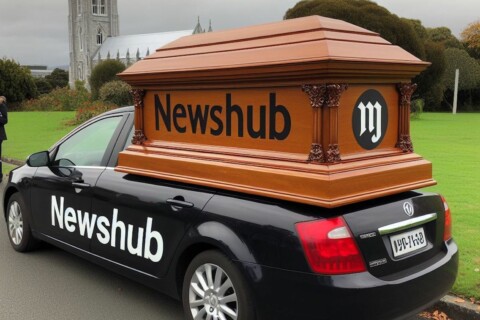Subscription services are convenient but they also add up to a huge cost each year. Here’s what PAT PILCHER found.
 I’ll tell you a secret: I’m a tight-fisted old git. If the truth is known, I watch every penny I earn, and if I spend, it has to be because there are no other better, cheaper options available.
I’ll tell you a secret: I’m a tight-fisted old git. If the truth is known, I watch every penny I earn, and if I spend, it has to be because there are no other better, cheaper options available.
One of the more painful areas of expenditure is the number of subscriptions my household hands over cash for every month. I say painful because, in most instances, there are alternatives that’ll see me paying a one-off fee allowing me to pay less and get more for my money. On the other hand, some subscriptions offer side benefits that can make them a little more compelling than their monthly fees would indicate.
Would you like to support our mission to bring intelligence, insight and great writing to entertainment journalism? Help to pay for the coffee that keeps our brains working and fingers typing just for you. Witchdoctor, entertainment for grownups. Riveting writing on music, tech, hi-fi, music, film, TV and other cool stuff. Your one-off (or monthly) $5 or $10 donation will support Witchdoctor.co.nz. and help us keep producing quality content. It’s really easy to donate, just click the ‘Become a supporter’ button below.
Suppose you want access to all the good TV and movie options available. In that case, you must subscribe to at least seven streaming services and pay for Sky TV. The reason for this is simple. Netflix might have the lion’s share of content, but there are many other shows I want that can only be had on other streaming services. Annoyingly as a new streaming service launches, they pull their content off Netflix, forcing viewers to spend yet more cash each month. It’s infuriating.
 The amount of money we’re talking about here isn’t small. Looking at the streaming services I subscribe to, I’m paying a whopping $99.71 a month (or $1195.32 annually). And while Freeview, as its name suggests, is free, and TVNZ+ and 3Now are comprehensive, they only have a tiny amount of content available compared to other streaming platforms. Short of resorting to piracy, I have no choice but to hand over cash.
The amount of money we’re talking about here isn’t small. Looking at the streaming services I subscribe to, I’m paying a whopping $99.71 a month (or $1195.32 annually). And while Freeview, as its name suggests, is free, and TVNZ+ and 3Now are comprehensive, they only have a tiny amount of content available compared to other streaming platforms. Short of resorting to piracy, I have no choice but to hand over cash.
So, what are the benefits of access to these streaming services? For a start, I gain access to a huge range of TV shows and movies. These are all searchable, sorted by genre, and usually have a synopsis. That said, I could simply pirate and download all these shows. It’d save me a huge pile of cash, but that could see me hit with big fines. A more ethical option could involve buying DVD/Blu-ray boxed sets, but then I have to find somewhere to store the damned things. With piracy or DVDs, the content is then mine forever. With streaming services, older (but compelling) shows/movies are often pulled/deleted, which is bloody annoying.
Perhaps the biggest head-scratcher when it comes to subscription services is music. Music may be the most affordable monthly subscription service I hand over money for. For Spotify Premium, I pay just $14.99 a month.
 It might be affordable, but for anyone with a decent audio setup who likes to sit and listen to music, the benefits are questionable. Don’t get me wrong, there are some seriously compelling benefits. Spotify gives you access to a vast music library and is a great way of discovering new music. That said, digital audio compression means that the audio quality of streamed music via Spotify is at best lacklustre compared to CD audio, even for the premium version. While Spotify is fine for casual listening, the reality is that services such as TuneIn or iHeart Radio are free. There are still many CDs I’ve accumulated and ripped to a network drive for playback on the numerous Sonos speakers throughout my home.
It might be affordable, but for anyone with a decent audio setup who likes to sit and listen to music, the benefits are questionable. Don’t get me wrong, there are some seriously compelling benefits. Spotify gives you access to a vast music library and is a great way of discovering new music. That said, digital audio compression means that the audio quality of streamed music via Spotify is at best lacklustre compared to CD audio, even for the premium version. While Spotify is fine for casual listening, the reality is that services such as TuneIn or iHeart Radio are free. There are still many CDs I’ve accumulated and ripped to a network drive for playback on the numerous Sonos speakers throughout my home.
Interestingly, the second most expensive subscription I have is for gaming. Microsoft’s GamePass and Sony’s PS-Plus cost me a staggering $538.80 yearly or $44.90 monthly. These are, however, subscription services I’ll happily hand over cash for. There are also no affordable alternatives to either service. With both GamePass and PS-Plus, I get access to a growing pile of big-name game titles that would be prohibitively expensive to purchase. Even more annoyingly, the game discs would gather dust once I’d completed them. Add in upcoming game previews and a searchable catalogue on both services, and there’s lots to like, even if it costs me an arm and a leg. In short, I could easily spend far more buying games than I’d pay to subscribe to both services. Your mileage may vary depending on how much of a gamer you are.
Last but not least is the one subscription category I have the most problems with. Productivity. I fork out $37.68 a month (which translates into $452.15 annually) for office productivity software, online storage and smart home goodies. I have this issue because most of these costs were one-offs until Microsoft and others decided they’d make more money from a monthly subscription than a one-off purchase price. Back in the day, I could buy MS Office on a CD-ROM. Once installed, that was it. No more money got paid into the Bill Gates Enrichment fund until compatibility issues forced me to upgrade several years later. In all fairness, Office 365 does get more frequent updates and upgrades. Like Norton Security, it’s licensed for use on multiple devices.
 Securing my home is another service that keeps costing. I get that storing the video from the cameras scattered throughout my home costs money, but a subscription fee for each camera is just salt poured into a gaping wound. Sadly, there are no easy alternatives short of buying cameras that record to a network drive. Still, then if burglars steal it, you’re screwed. Sigh.
Securing my home is another service that keeps costing. I get that storing the video from the cameras scattered throughout my home costs money, but a subscription fee for each camera is just salt poured into a gaping wound. Sadly, there are no easy alternatives short of buying cameras that record to a network drive. Still, then if burglars steal it, you’re screwed. Sigh.
Then there’s Google. They used to give me unlimited photo backups from my Android phone. This was a key difference over Apple, whose penchant for charging users for anything not nailed down is well known. Sadly, Google decided to start charging users for storage once they maxed out the paltry free amount of photo storage. I can’t blame them, though, as data centre storage costs a bomb. Thankfully I found an easy way to avoid these costs. Using a WD network drive, I installed the WD MY Cloud app on my phone. It synchs photos off my phone onto my network drive, freeing me from paying for additional storage in Google’s datacentres.
So, how much do I fork out monthly for apps and services that used to be one-off costs? I fork out just under $198 a month, or $2366.15 a year.
I’m not unusual by any means. Countless others are doing so, too, much to the delight of shareholders at these various tech and entertainment companies. Sigh.











